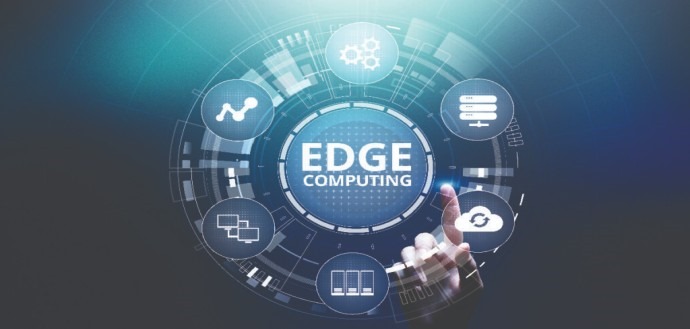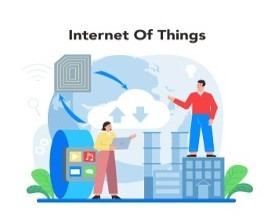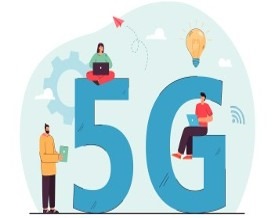
Edge Computing: Bringing Processing Power Closer to the Data
Edge computing refers to the practice of processing data closer to the source, at the edge of the network, rather than relying solely on centralized data centers. This approach offers several benefits, including reduced latency, improved responsiveness, and enhanced data privacy.
Key Features of Edge Computing
Distributed Processing: Data is processed at the edge of the network, closer to the source.
Low Latency: Reduces the time it takes for data to be processed and transmitted.
Enhanced Responsiveness: Enables real-time decision-making and applications.
Improved Data Privacy: Keeps data local and reduces the risk of data breaches.
Applications of Edge Computing
IoT: Processing data from IoT devices in real-time.
Autonomous Vehicles: Enabling self-driving cars to make decisions quickly and safely.
Augmented Reality: Providing real-time interactions and experiences.
Industrial Automation: Optimizing manufacturing processes and improving efficiency.
Smart Cities: Managing traffic, energy consumption, and waste disposal.
Challenges and Opportunities
Infrastructure: Deploying and managing edge computing infrastructure.
Security: Protecting edge devices and data from cyberattacks.
Interoperability: Ensuring compatibility between different edge computing platforms.
Conclusion
Edge computing is a transformative technology that offers several advantages over traditional centralized computing. As the demand for real-time processing and data privacy increases, edge computing will become increasingly important in various industries.
Recent Insights
09 November, 2023
30 March, 2023
19 January, 2024
15 March, 2024



